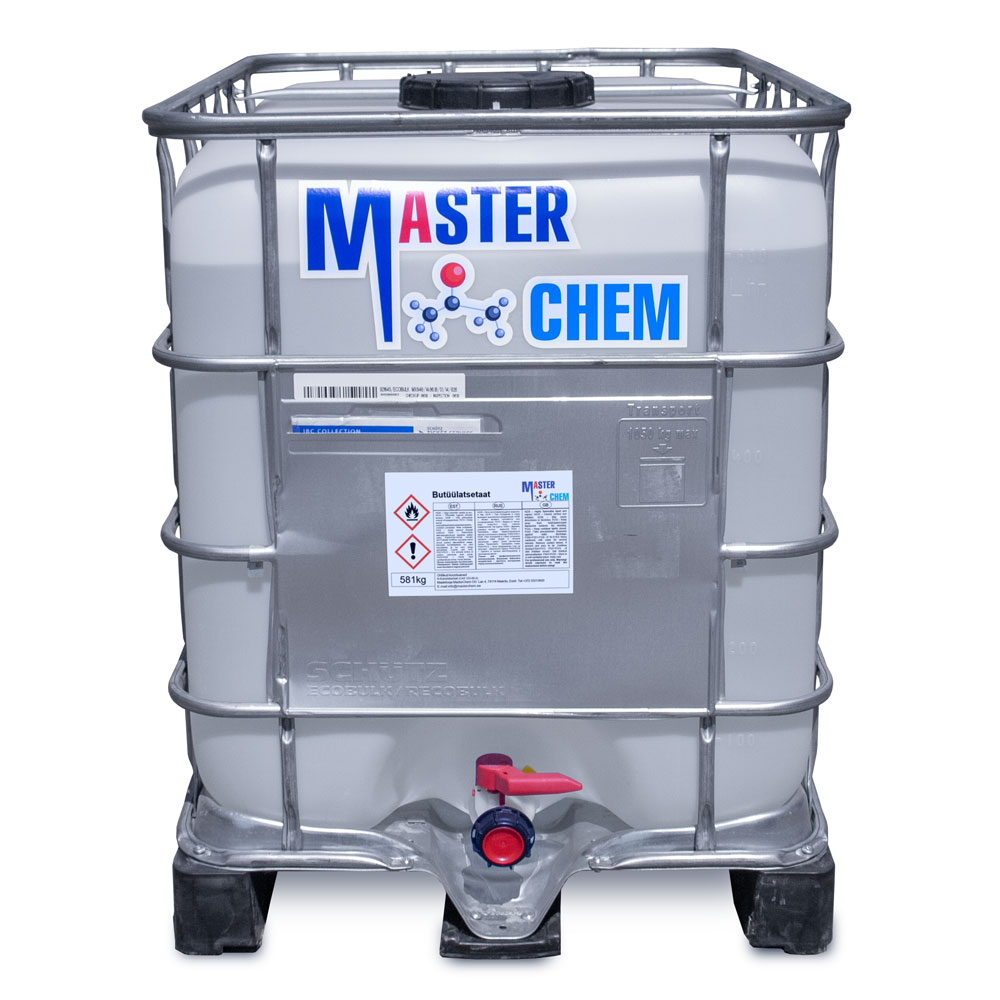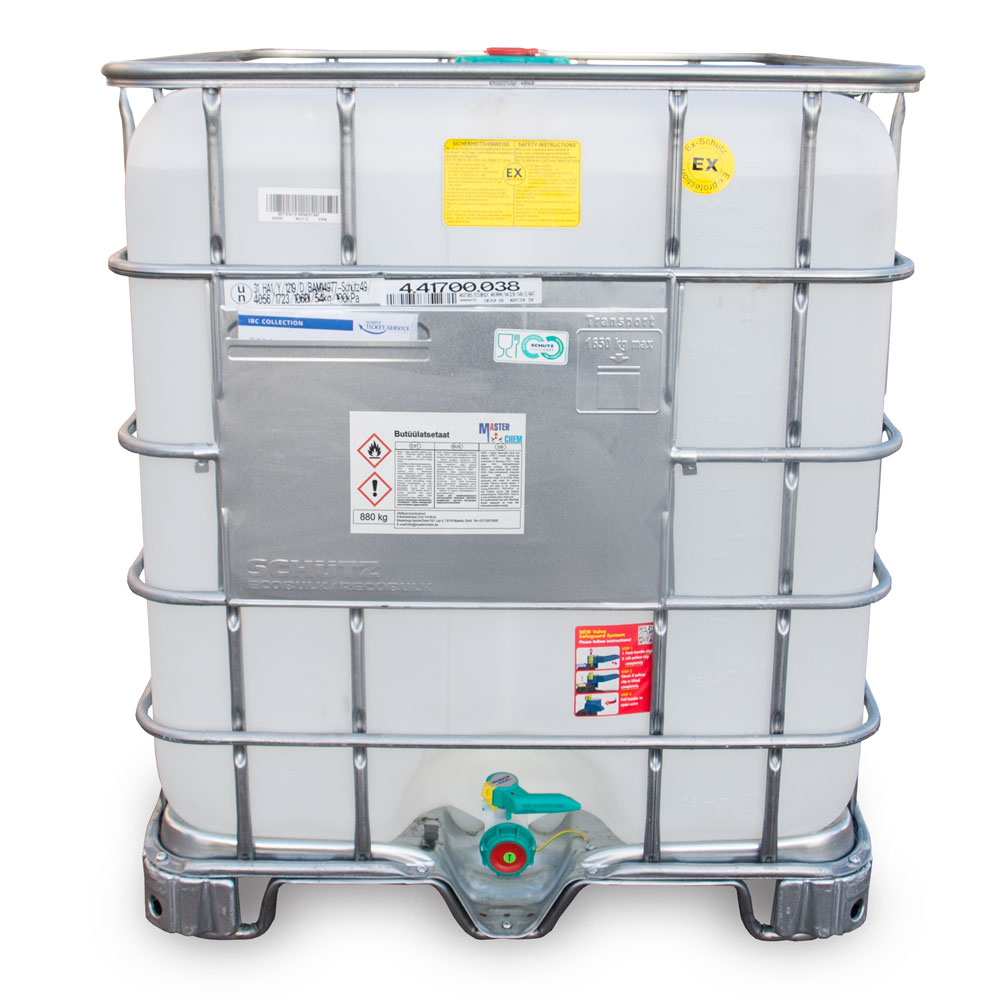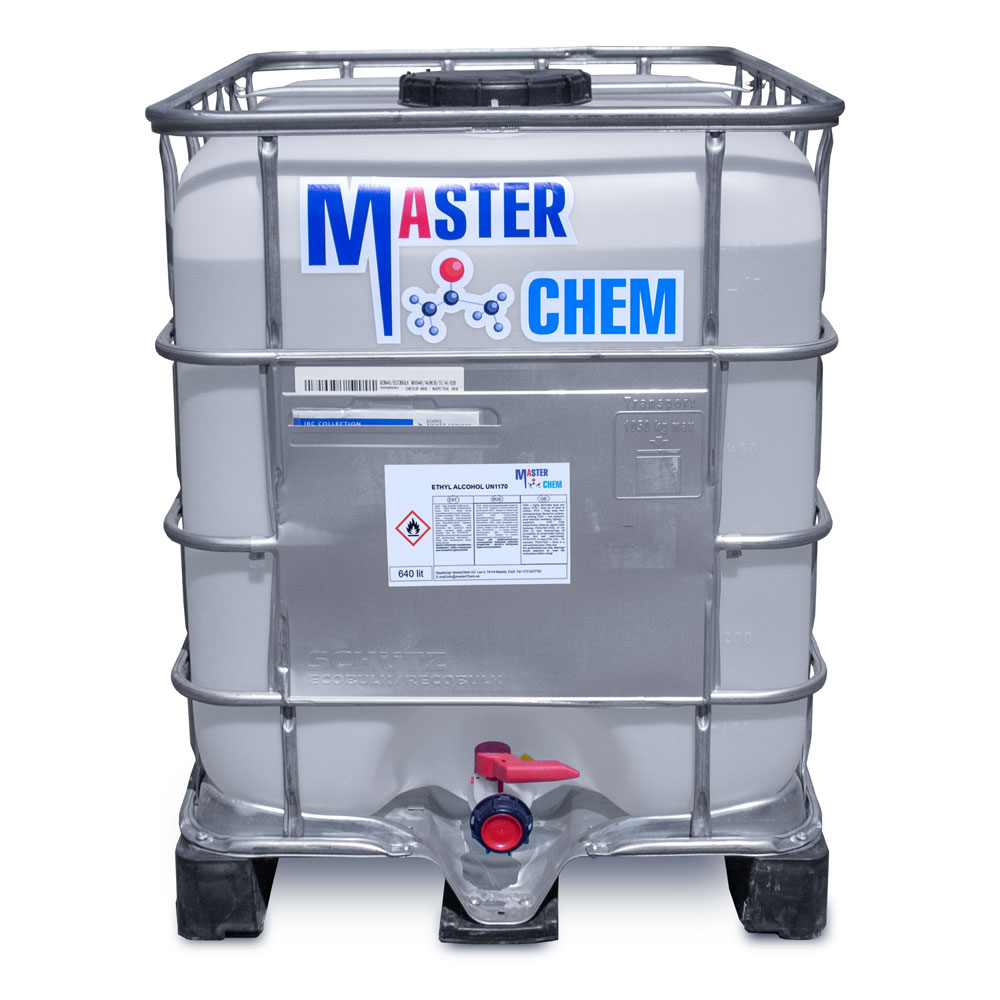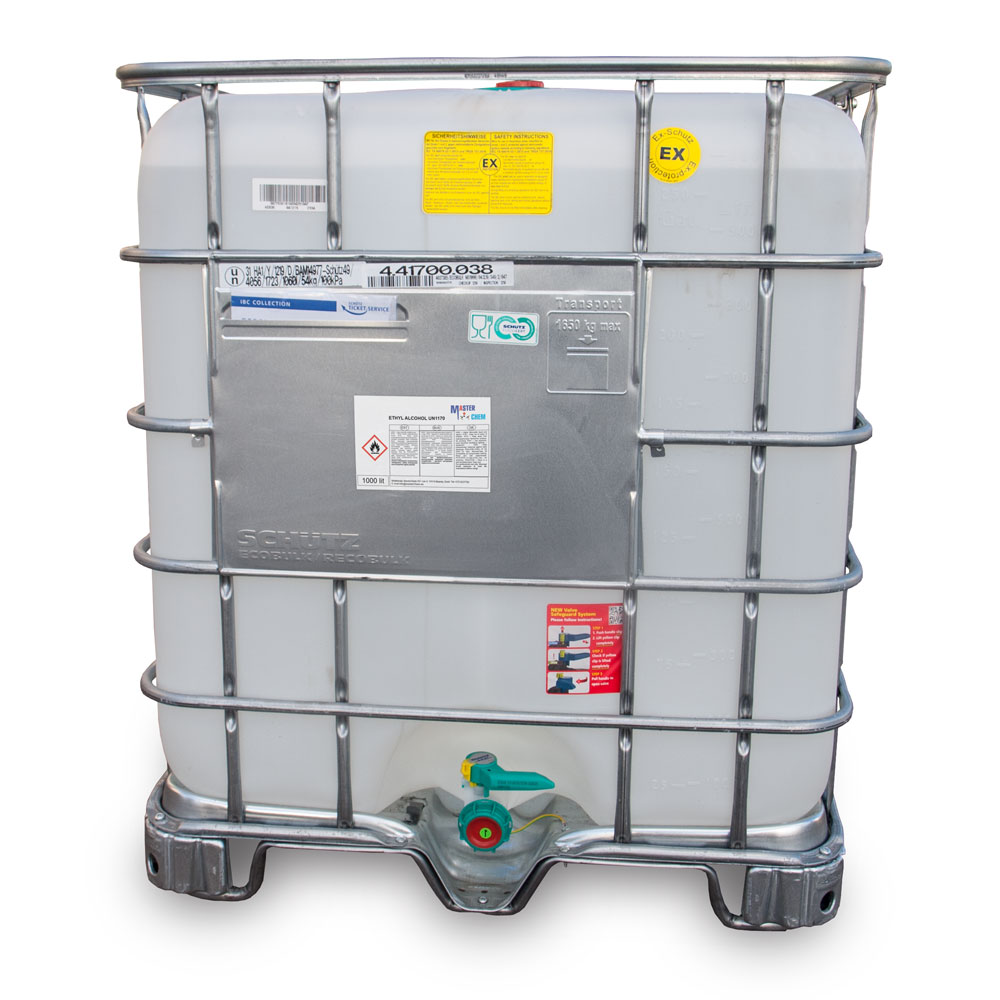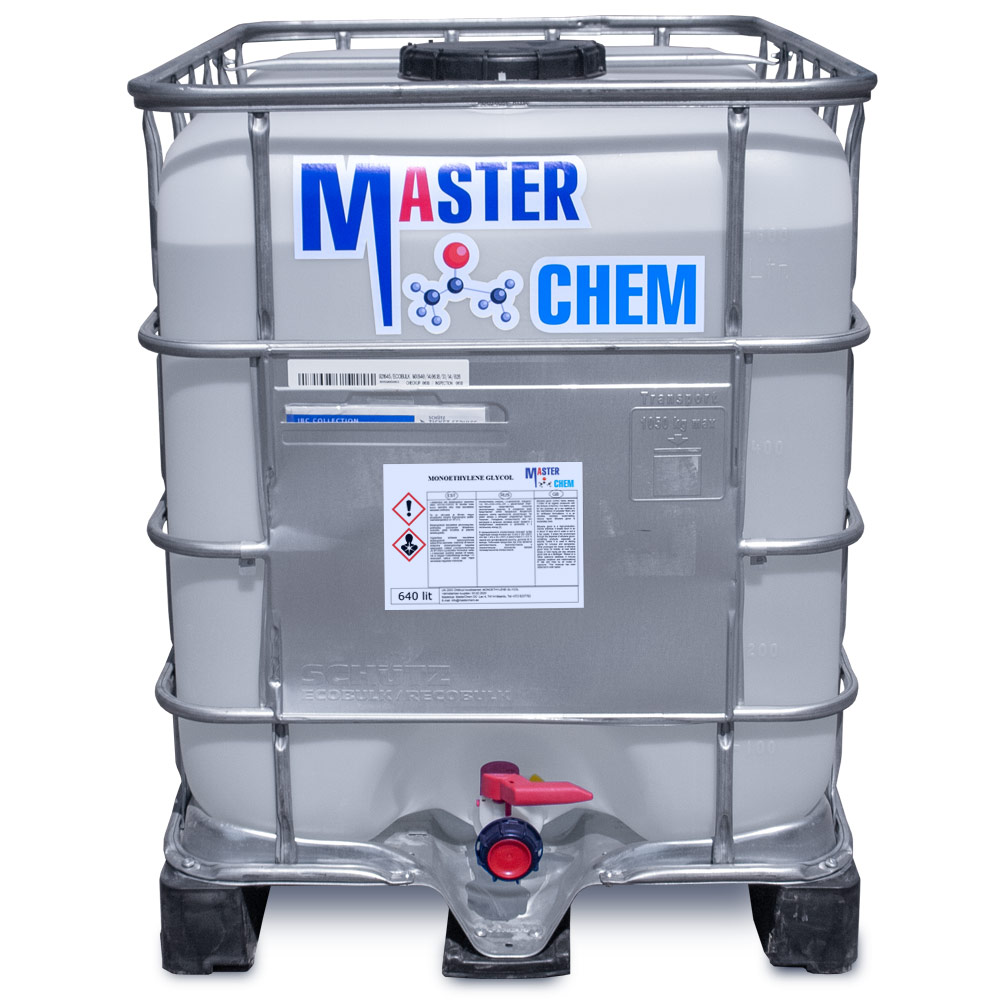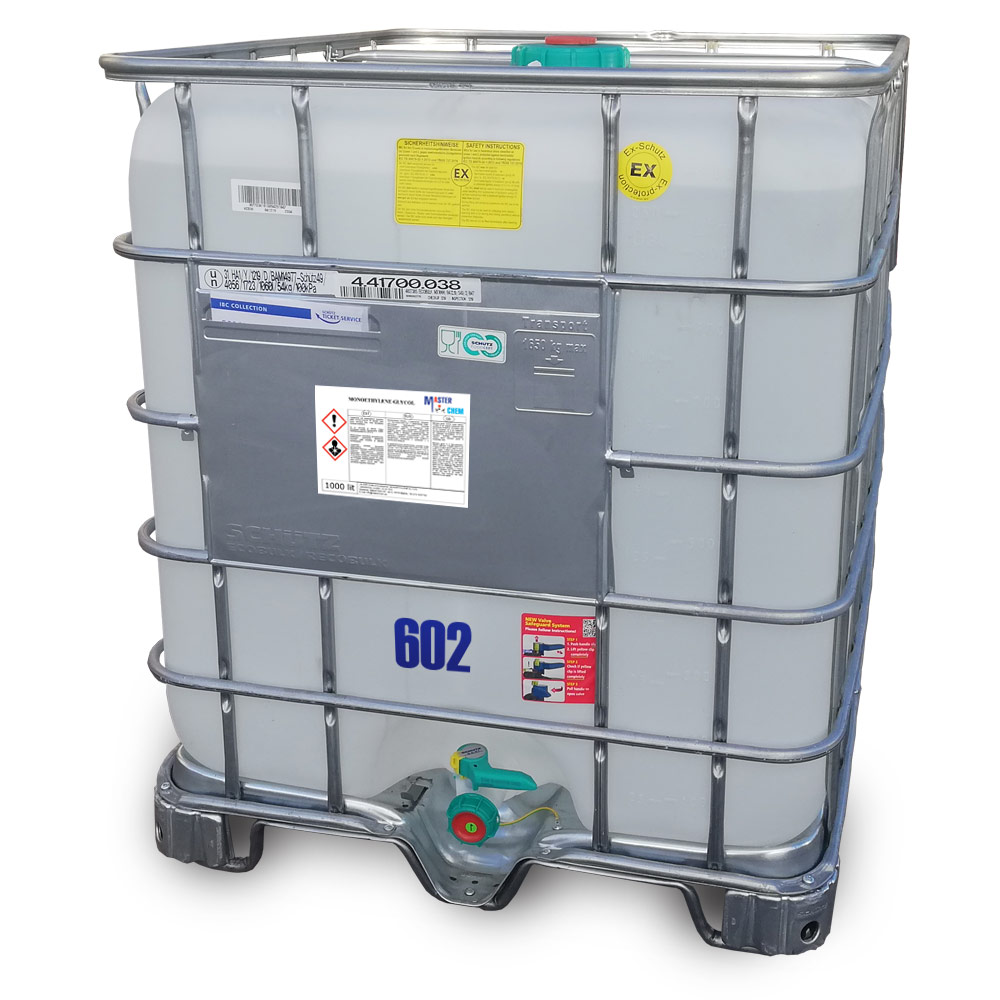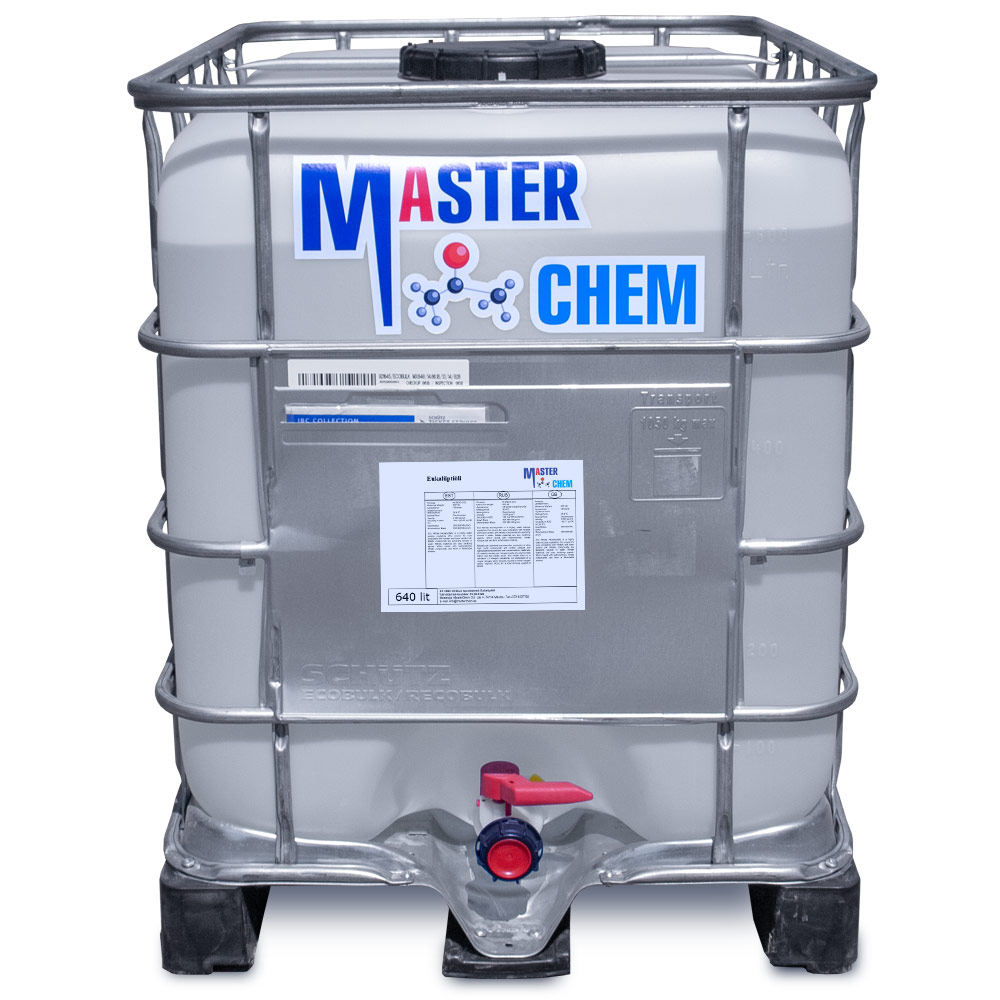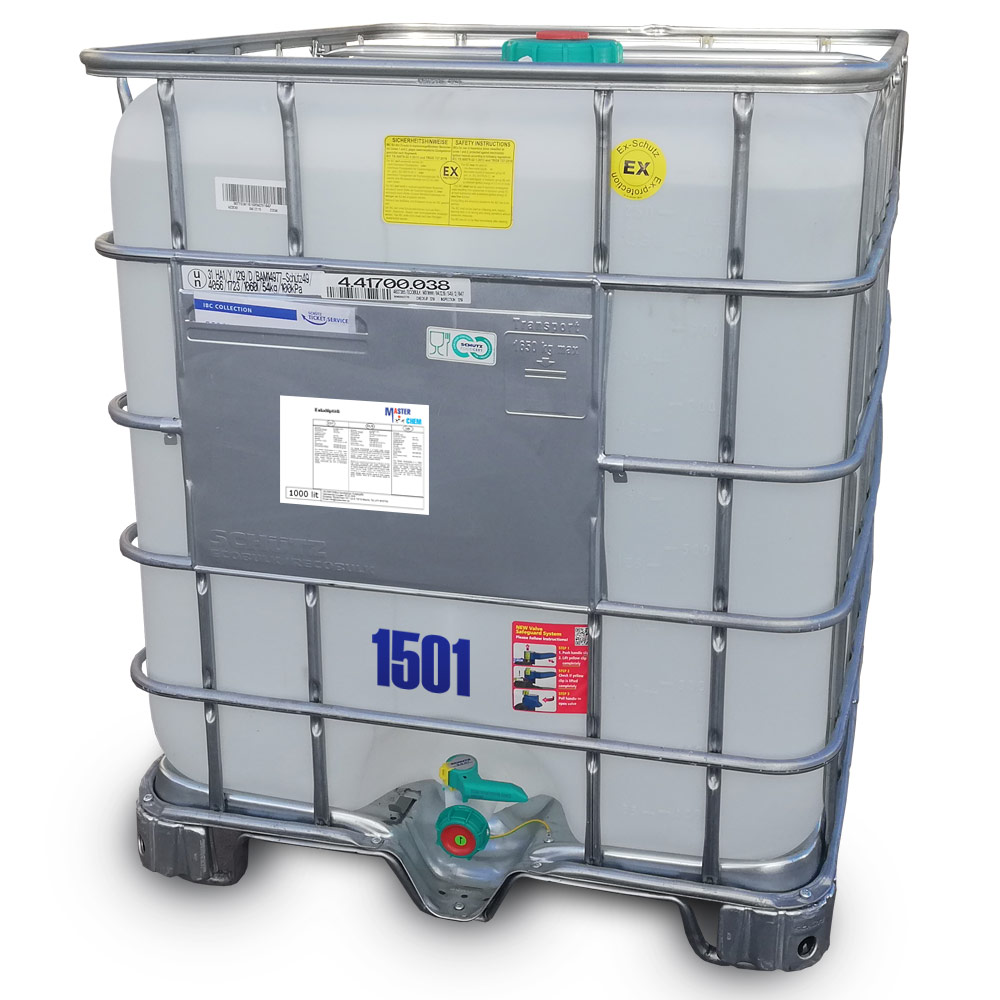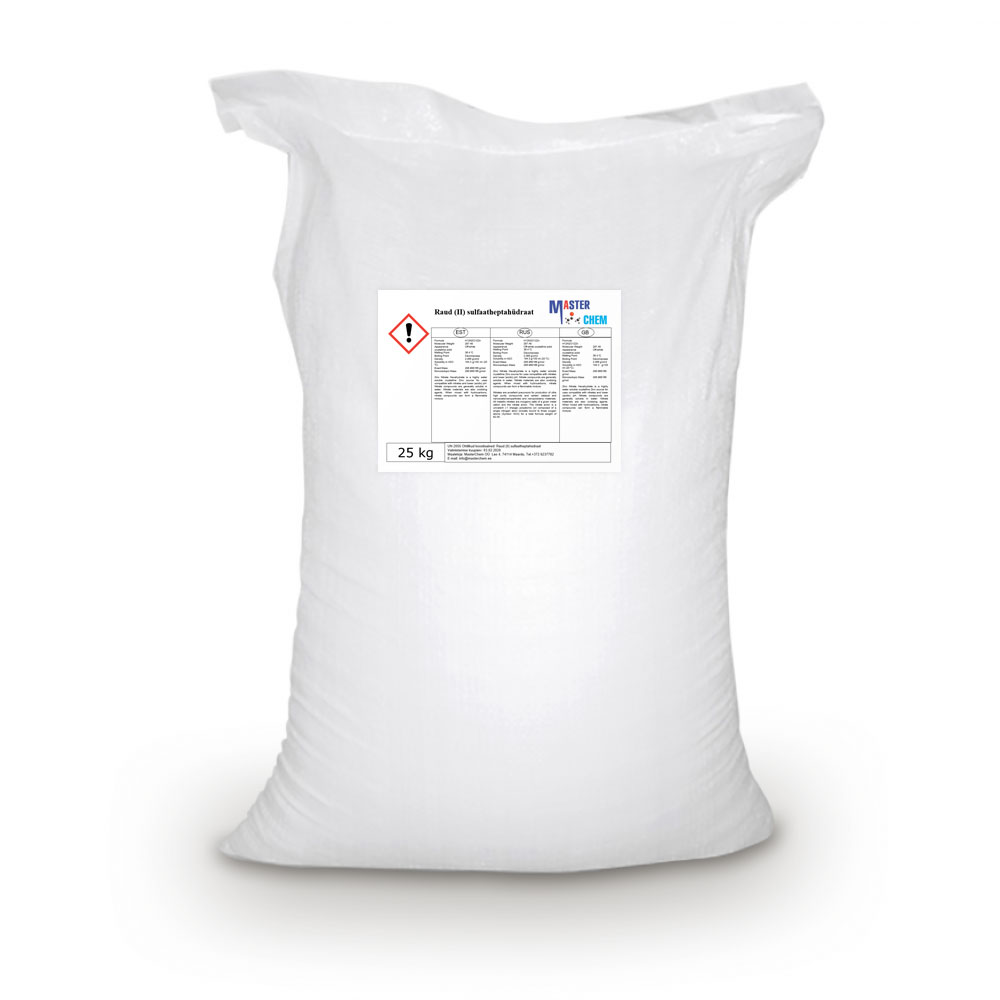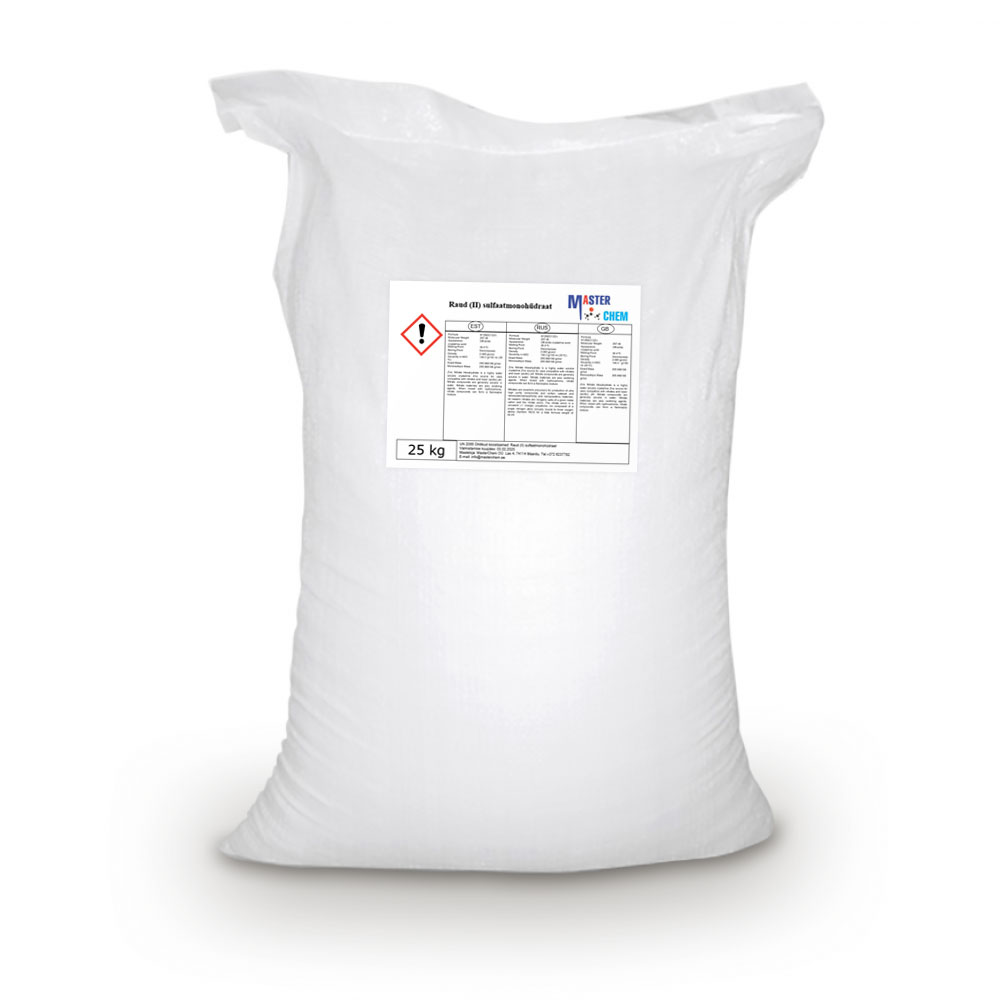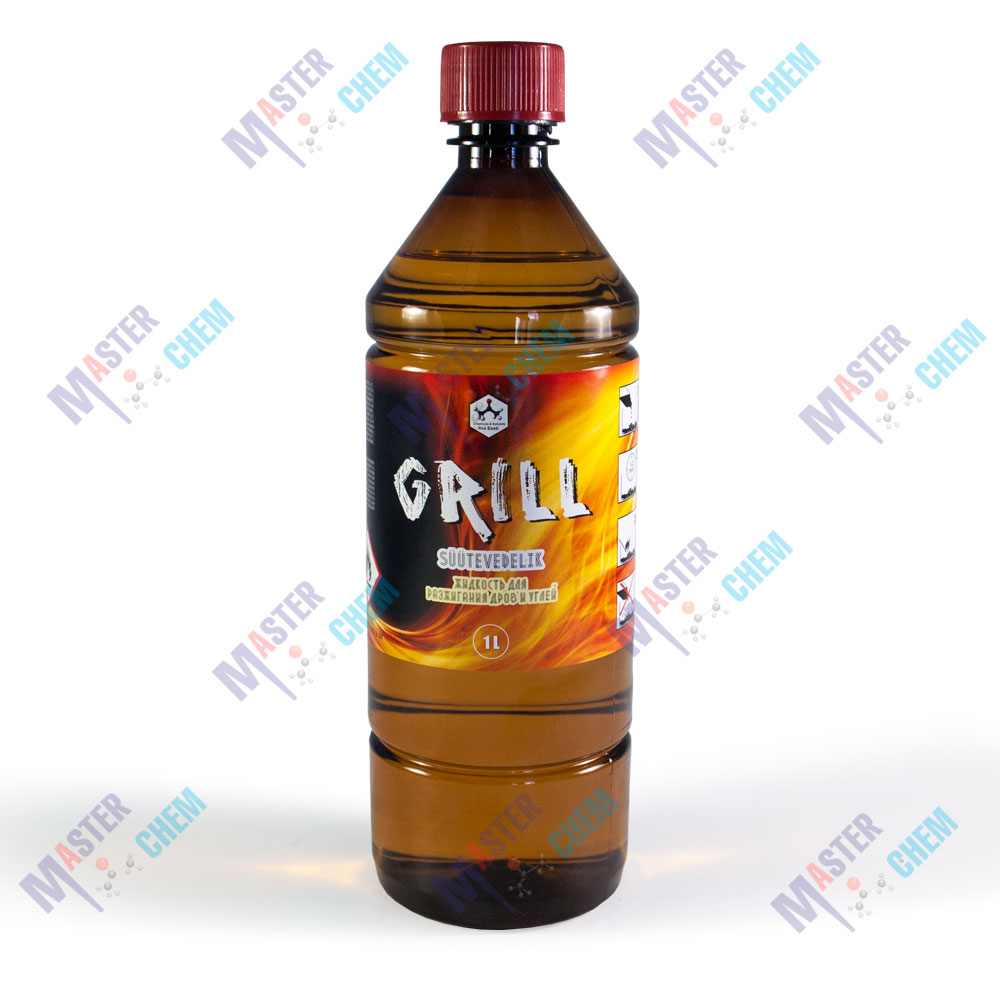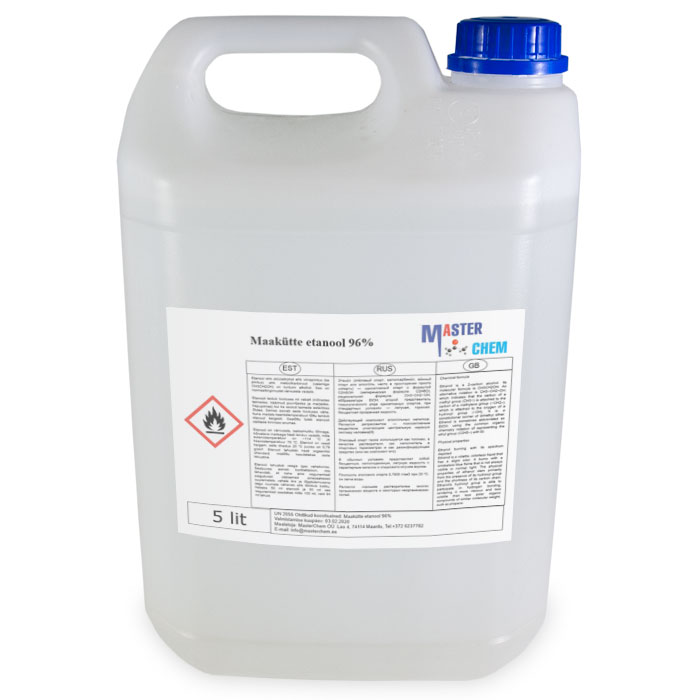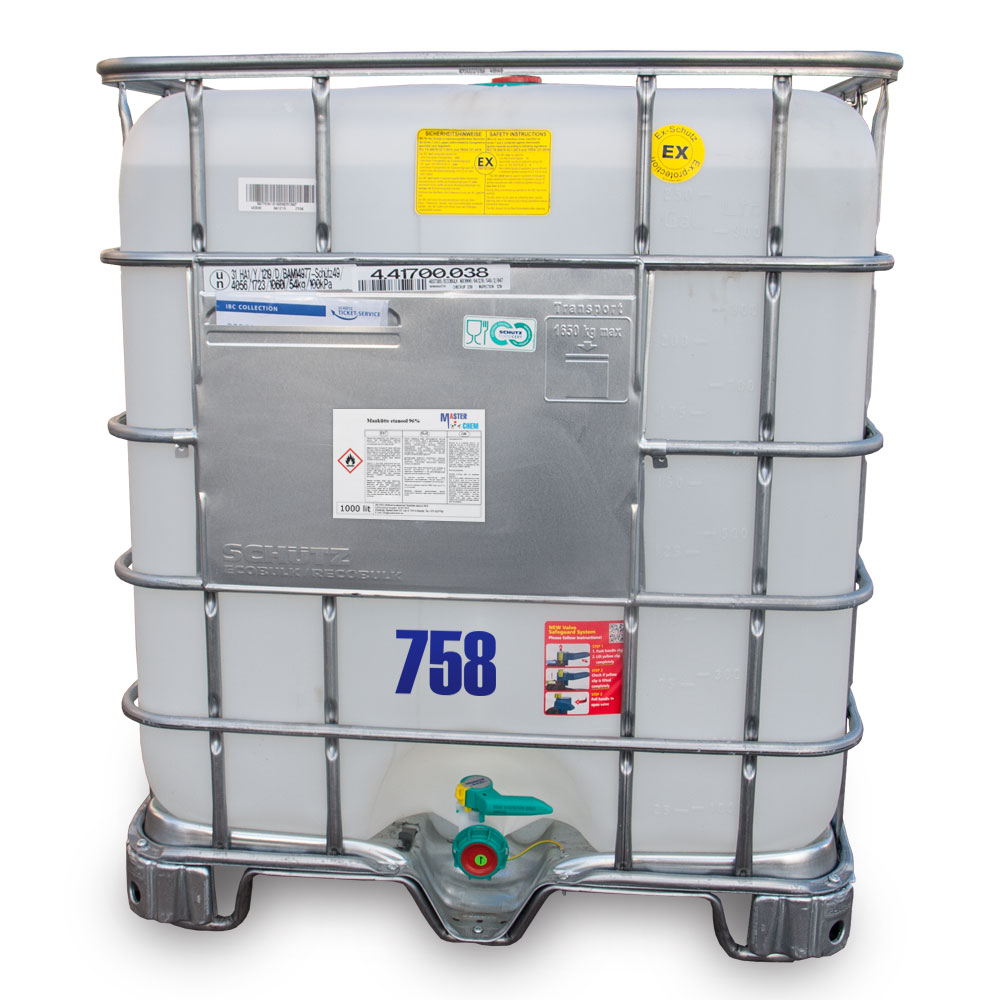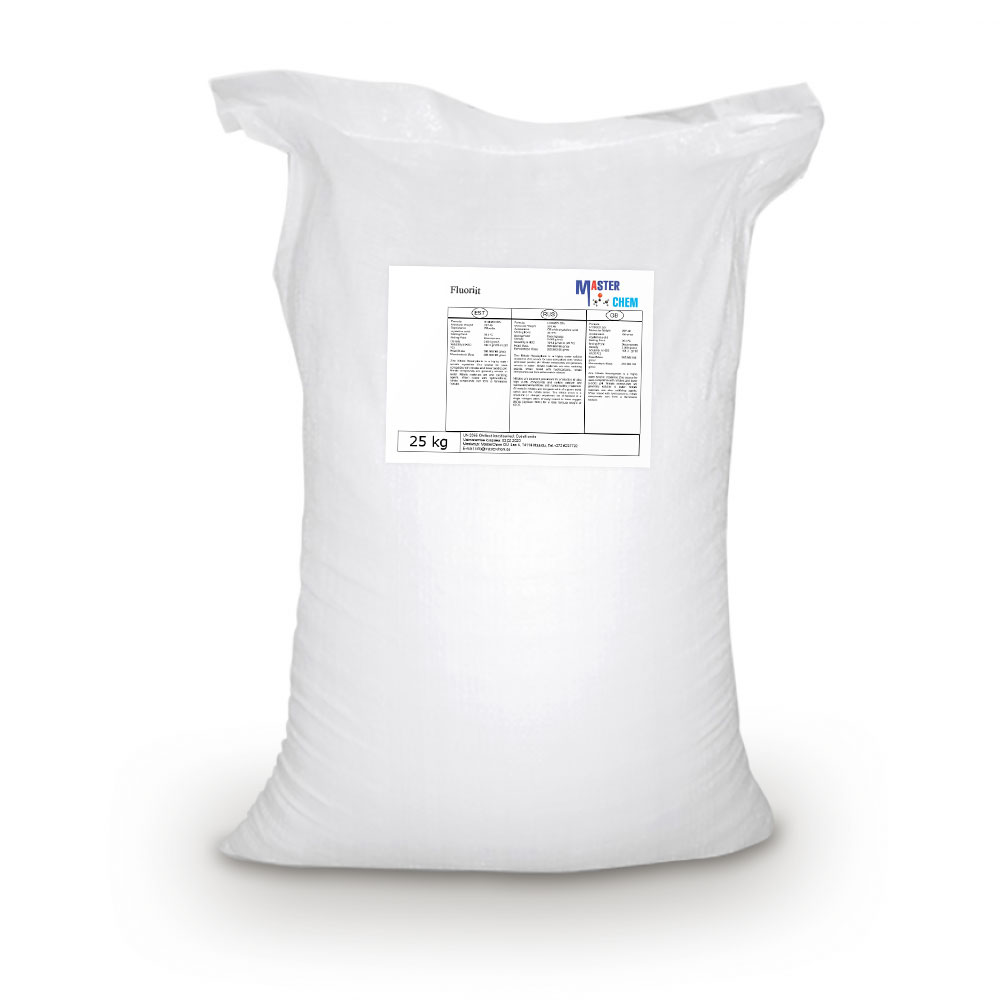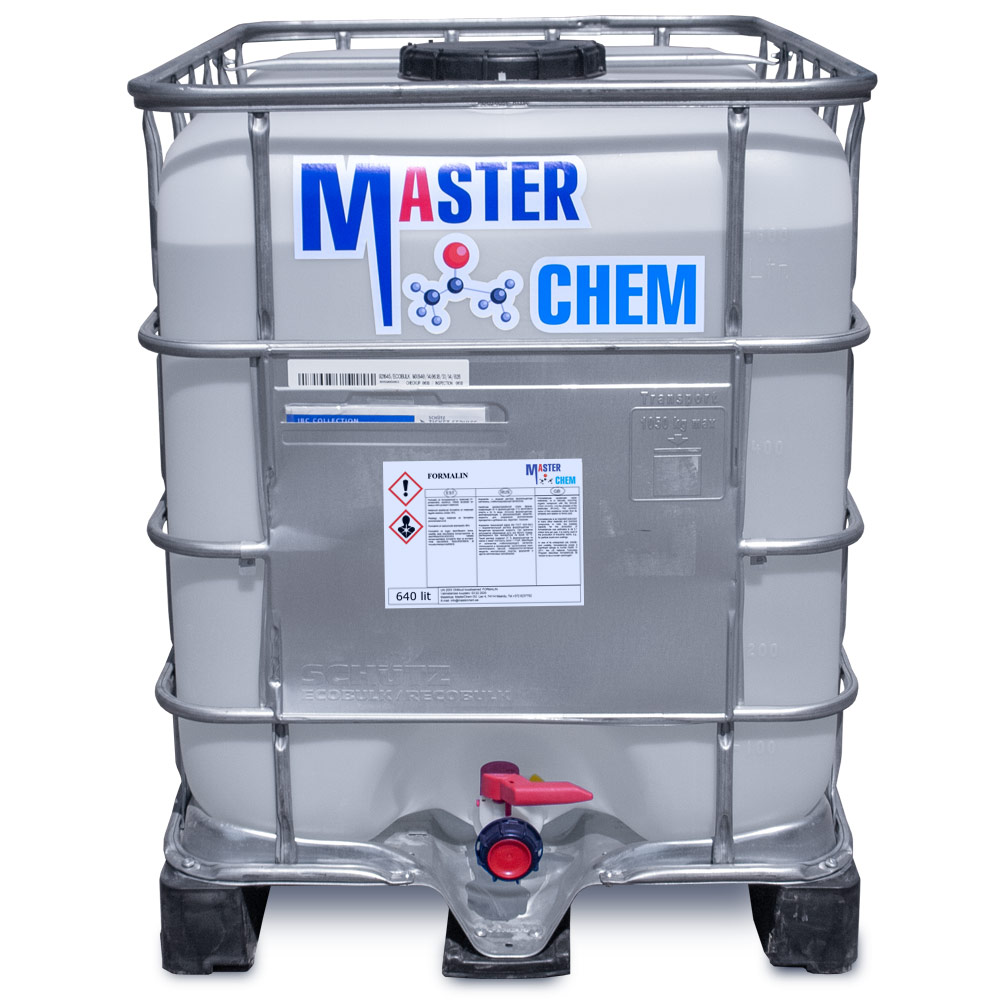Currently Empty: €0.00
Ethylene glycol (CAS 107-21-1)
Ethylene glycol (1,2-dioxane, glycol, ethanediol-1,2) is a sweet-tasting, odorless, colorless, hygroscopic oily liquid. It is obtained by wetting ethylene in the presence of phosphoric or sulfuric acids. Ethylene glycol mixes well with water and alcohol. It has high boiling points and low freezing temperatures, which is why it is widely used as a heat carrier in heating and cooling systems. The crystallization temperature of the concentrate is higher than that of aqueous glycol solutions, therefore it must be diluted with distilled water before use.
CAS: 107-21-1
- Ethylene glycol 35%
- Ethylene glycol 40%
- Ethylene glycol 50%
- Ethylene glycol 100%
Ethylene glycol 35% – Master EWS35 (CAS 107-21-1)
Ethylene glycol (1,2-dioxane, glycol, ethanediol-1,2) is a sweet-tasting, odorless, colorless, hygroscopic oily liquid. It is obtained by wetting ethylene in the presence of phosphoric or sulfuric acids. Ethylene glycol mixes well with water and alcohol. It has high boiling points and low freezing temperatures, which is why it is widely used as a heat carrier in heating and cooling systems. The crystallization temperature of the concentrate is higher than that of aqueous glycol solutions, therefore it must be diluted with distilled water before use.
CAS: 107-21-1
- Ethylene glycol 35%
- Ethylene glycol 40%
- Ethylene glycol 50%
- Ethylene glycol 100%
Ethylene glycol 40% Master EWS-40 (CAS 107-21-1)
Concentration 40%, Freezing point, -24 ° C, Density, 1.056g / m3
Ethylene glycol 40% (Master EWS-40, water-glycol solution) is a mixture of high-quality ethylene glycol with distilled water in the form of an oily hygroscopic liquid with a crystallization temperature of -25 ° C.
CAS: 107-21-1
- Ethylene glycol 35%
- Ethylene glycol 40%
- Ethylene glycol 50%
- Ethylene glycol 100%
Eucalyptus oil
Eucalyptus oil
Eucalyptus oil is the generic name for distilled oil from the leaf of Eucalyptus, a genus of the plant family Myrtaceae native to Australia and cultivated worldwide. Eucalyptus oil has a history of wide application, as a pharmaceutical, antiseptic, repellent, flavouring, fragrance and industrial uses. The leaves of selected Eucalyptus species are steam distilled to extract eucalyptus oil.
Ferrous sulfate heptahydrate (CAS 7782-63-0)
Ferrous sulfate heptahydrate (CAS 7782-63-0)
Iron(2+) sulfate heptahydrate is a hydrate that is the heptahydrate form of iron(2+) sulfate. It is used as a source of iron in the treatment of iron-deficiency anaemia (generally in liquid-dosage treatments; for solid-dosage treatments, the monohydrate is normally used). It has a role as a nutraceutical, an anti-anaemic agent and a reducing agent. It is a hydrate and an iron molecular entity. It contains an iron(2+) sulfate (anhydrous).
Ferrous sulfate monohydrate (CAS 17375-41-6)
Ferrous sulfate monohydrate (CAS 17375-41-6)
Iron(2+) sulfate monohydrate is a hydrate that is the monohydrate form of iron(2+) sulfate. It is obtained from the heptahydrate by heating above 65℃. It is used as a source of iron in the treatment of iron-deficiency anaemia (generally in solid-dosage treatments; for liquid-dosage treatments, the heptahydrate is normally used). It has a role as a nutraceutical, an anti-anaemic agent and a reducing agent. It is a hydrate and an iron molecular entity. It contains an iron(2+) sulfate (anhydrous).
Fire Starter MasterChem
Alcohol-based fluid. Suitable for burning coals and wood. The emissions from burning our ignition are water vapour and carbon dioxide.
Fluorite (CAS 7789-75-5)
Fluorite (CAS 7789-75-5)
Calcium fluoride is the inorganic compound with the formula CaF2. It is a white insoluble solid. It occurs as the mineral fluorite (also called fluorspar), which is often deeply coloured owing to impurities.
Calcium fluoride, 98%+ Cas 7789-75-5 – used to manufacture optical components such as windows and lenses, used in thermal imaging systems, spectroscopy, and excimer lasers.
Formalin (CAS 50-00-0)
Formaldehyde (systematic name methanal), is a naturally occurring organic compound with the formula CH2O (H-CHO). It is the simplest of the aldehydes (R-CHO). The common name of this substance comes from its similarity and relation to formic acid.
Formaldehyde is an important precursor to many other materials and chemical compounds. In 1996, the installed capacity for the production of formaldehyde was estimated to be 8.7 million tons per year. It is mainly used in the production of industrial resins, e.g., for particle board and coatings.
CAS: 50-00-0

